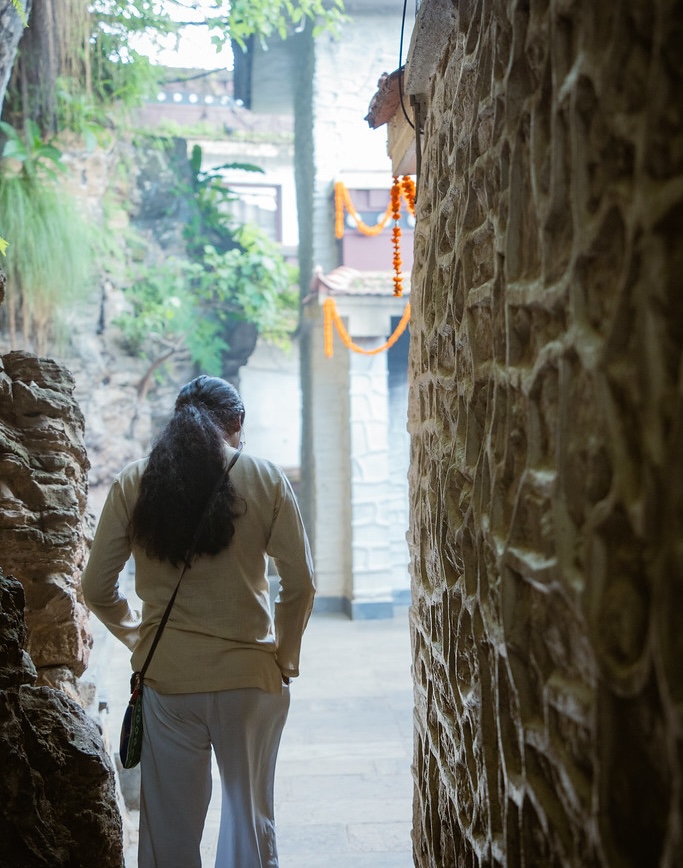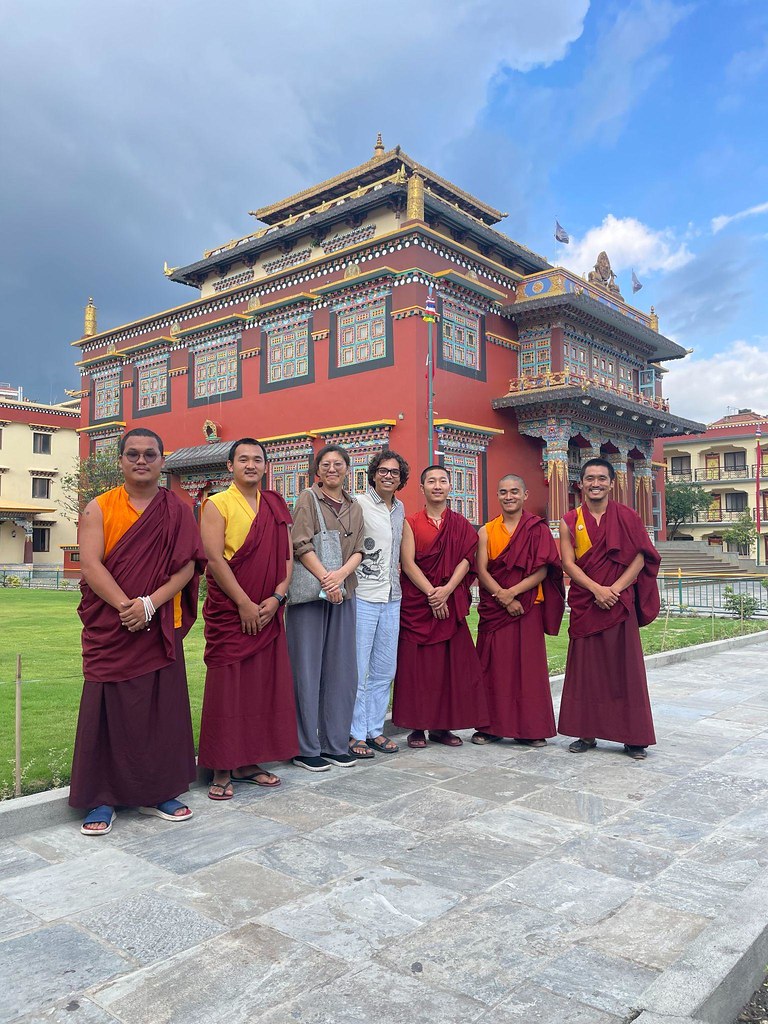Pilgrimage is among the most significant spiritual practices of the Buddhist tradition. Today, much of the practice has gone digital. What was once recorded in guidebooks, or held in the monastic library, may also be found in the form of pilgrimage YouTube vlogs (video-blogs). These vlogs are offering new pilgrimage experiences, education, and re-historicized versions of Buddhism’s past.
I recently spent nearly three months in the Kathmandu Valley, investigating the relationship between Tibetan Buddhist monastic communities and social media. I interviewed 30 monks, spanning three monastic communities including Shechen Monastery (Nyingma), Ka-Nying Shedrub Ling (Kagyu), and Vajrayana yoginis of the Dudjom Tersar Lineage. It soon became clear how ubiquitous pilgrimage vlogs have become. One monk in a focus group at Ka-Nying Shedrub Ling Monastery told me:
“It’s quite popular…I mean, pilgrimage is an important aspect of the tradition, right? So then, watching these [vlogs] would be a way of kind of participating in it from that perspective…”
Since these vlogs are often from a first-person perspective, they offer a kind of para-participation, and new kinds of pilgrimage experiences.
Oftentimes the vlogs contain historical context relating to famous rinpoches and lamas who may have previously done the same pilgrimage, or other important facts about the pilgrimage sites. Sherab, a 34-year-old monk at Ka-Nying Shedrub Ling conveyed, “It’s not just [about] going [to a particular site], but actually knowing what happened there. The kind of circumstances around it, what made it a special place. And so if we personally wanted to go, there’s a lot of information [in these vlogs] that would then allow us to then make that process easier.”
Whether via messaging apps like WhatsApp or Telegram to share links to sutras preserved by projects like the Buddhist Digital Resource Center (BDRC), or through dharma lectures recorded on YouTube, social media is used regularly in monastic education. Pilgrimage education is provided by narrating historical information over pilgrimage vlogs which previously would have been found in traditional guidebooks.
When asked about this medium shift, Sherab explained the following:
“There’s a difference, yeah. It’s [helpful] to be able to recognize the places because [you’ve seen them] secondhand. In the book, that’s not the case.”
Pilgrimage vlogs are also re-historicizing Buddhism’s past. Padmavajra, a Vajrayana yogi told me:
“I’ve been noticing this wave of Indian vloggers who are also speaking about India’s past heritage. They go to different places across India and also cover the Buddhist heritage [including] a lot of the Buddhist temples, monasteries, or even Buddhist statues that were converted into Hindu statues.”

Padmavajra refers to sites specifically in Odisha, containing rich Buddhist heritage established especially during the Pala empire, serving as a hub for ancient Buddhist monasteries and universities. As Buddhism phased out as a major religion in these localities, old statues and temples were re-converted to serve Hindu purposes, and thus much of the history was buried.
“So before, many people were not aware of that, because of lack of coverage, right? So now a lot of these vloggers have been shedding light on this phenomenon. So they’ve also been going to different sites where you can clearly see there are statues of Buddha Sakyamuni or a bodhisattva, [but these have been] forcefully painted and embellished to look like a Hindu statues. Through [this] also a lot of awareness has been spread.”
“[I]n recent times,” Padmavajra says, “many lamas spoke about Odisha’s importance as a Buddhist pilgrimage site. So finally, after all those years, earlier this year, the first Guru Rinpoche prayer festival happened exactly at the spot… which was neglected for several decades.” Padmavajra maintained that this new ceremonial and pilgrimage development could not have happened without, as he says, much of the “dharma going digital.”


